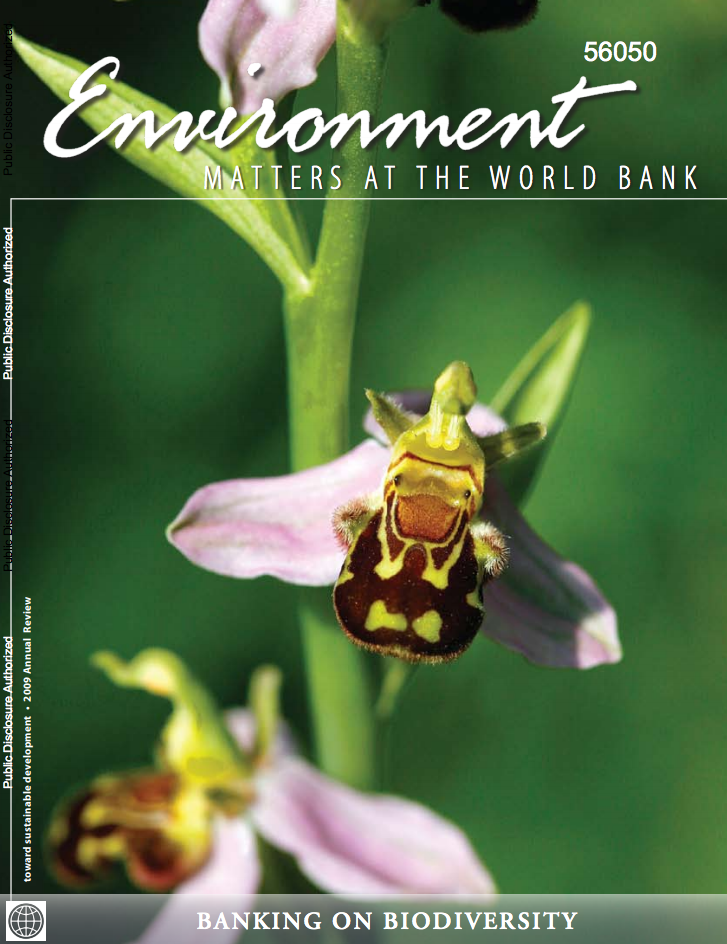China : Global Crisis Avoided, Robust Economic Growth Sustained
This paper explores how the ongoing
crisis, the policy responses to it, and the post-crisis
global economy will impact China's medium-term
prospects for growth, poverty reduction, and development.
The paper reviews China's pre-crisis growth experience,
including its relationship to global economic developments.
It discusses the pace, composition, sources, and financing
of growth during 1995-2007, and the impact of key external


